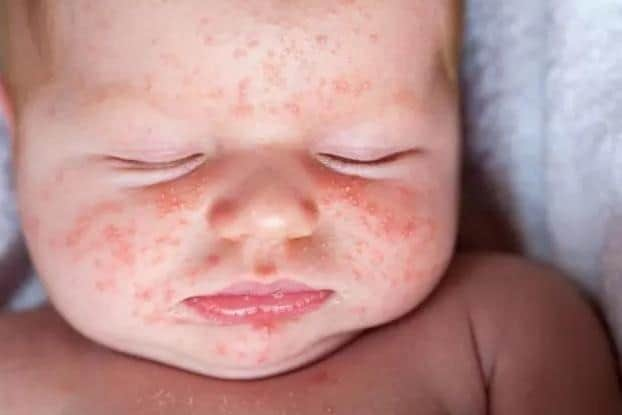Strep A and scarlet fever – what are they, what are the symptoms and when to call a GP, 111, 999 or go to A&E?
and live on Freeview channel 276
Whilst scarlet fever is usually a mild illness, it is highly infectious.
Scarlet fever is caused by bacteria called group A streptococci, which also causes other respiratory and skin infections such as strep throat and impetigo.
Advertisement
Hide AdAdvertisement
Hide AdIn very rare occasions, the bacteria can get into the bloodstream and cause an illness called invasive Group A strep.


Whilst still uncommon, there has been an increase in invasive Group A strep cases this year, particularly in children under 10.
Addressing the rise in cases, Rachel Spencer-Henshall, strategic director for public health, at Kirklees Council said: “I would like to remind parents and carers to be vigilant for signs of scarlet fever even though most cases are mild.
“By teaching your child how to wash their hands properly with soap for 20 seconds, using a tissue to catch coughs and sneezes, and keeping away from others when feeling unwell, will reduce the risk of picking up or spreading infections.
Advertisement
Hide AdAdvertisement
Hide Ad“Making sure your children are up to date with their immunisations, including the flu vaccine, can help reduce the risk of them becoming seriously ill from other infections.


We are working with our NHS partners to provide information and guidance to parents and carers through schools and childcare settings.”
Symptoms to look out for include:
Sore throat
Headache
Fever
A fine, pinkish or red body rash with a sandpapery feel
On darker skin the rash can be more difficult to detect visually but will have a sandpapery feel
Contact NHS 111 or your GP if:
your child is getting worse
your child is feeding or eating much less than normal
your child has had a dry nappy for 12 hours or more or shows
other signs of dehydration
your baby is under three months and has a temperature of 38 degree celsius, or is
older than three months and has a temperature of 39 degree celsius or higher
your baby feels hotter than usual when you touch their back or
chest, or feels sweaty
your child is very tired or irritable
Call 999 or go to A&E if:
your child is having difficulty breathing – you may notice grunting noises or their tummy sucking under their ribs
there are pauses when your child breathes
your child’s skin, tongue or lips are blue
your child is floppy and will not wake up or stay awake
Kirklees Council are also reminding parents that If your child has scarlet fever, keep them at home until at least 24 hours after the start of antibiotic treatment to avoid spreading the infection to others.